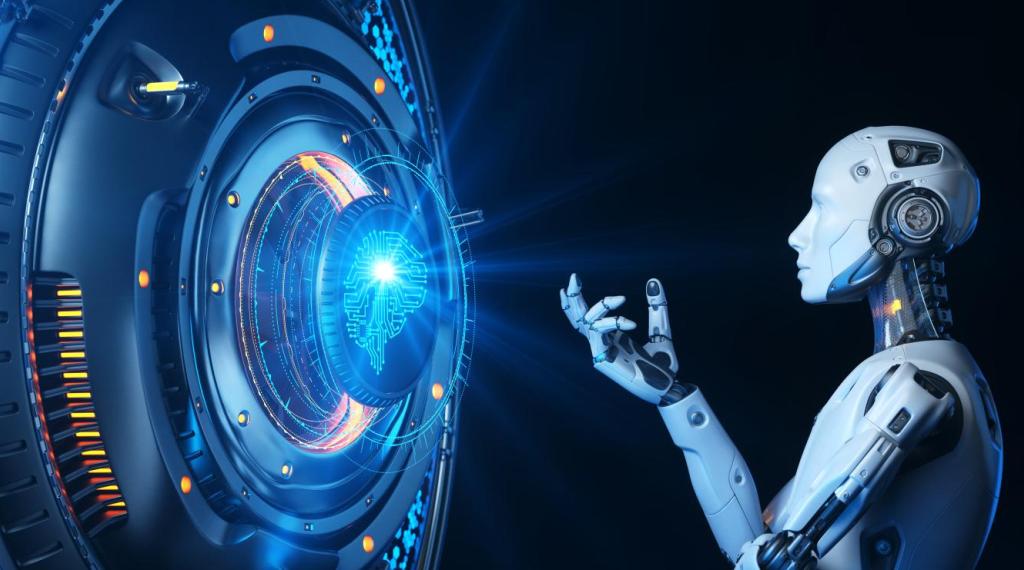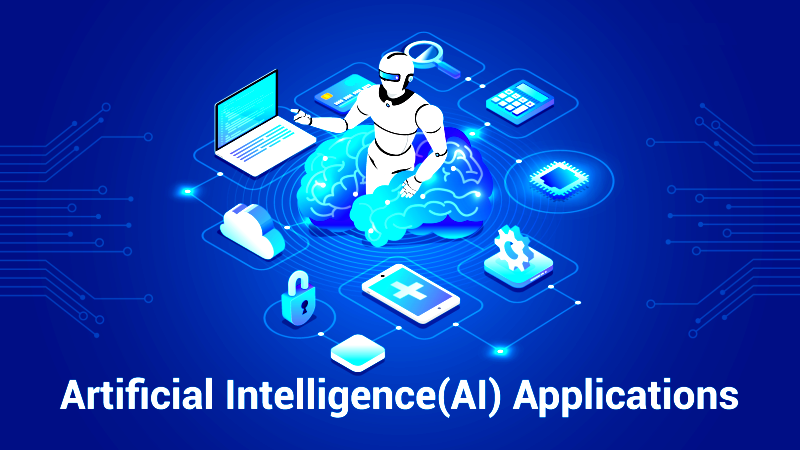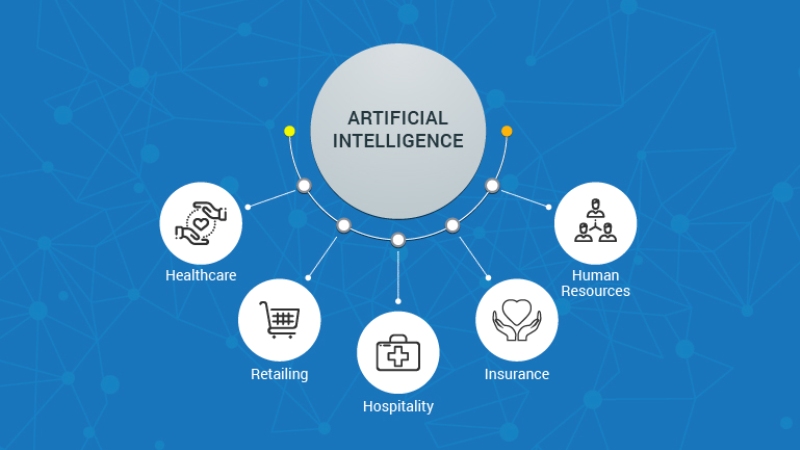What is Artificial intelligence (AI) and how does it work?
Artificial intelligence, commonly referred to as AI, is a branch of computer science that deals with the creation of intelligent machines that can perform tasks that typically require human intelligence. AI aims to enable computers to learn from experience, adjust to new inputs and perform tasks that would require human intelligence, such as visual perception, speech recognition, decision making, and language translation.
AI has its roots in the early days of computing, where researchers were interested in creating machines that could mimic human intelligence. The field has since then grown significantly, with advances in machine learning, neural networks, and deep learning, among others. These advancements have enabled computers to process and analyze large amounts of data, recognize patterns, and make predictions and decisions based on the data.
The basic concept of AI is to create machines that can perform tasks without explicit human intervention. In other words, the goal is to create machines that can learn and improve on their own. This is done by creating algorithms that can analyze and learn from data. These algorithms are can be supervised or unsupervised.
Supervised learning involves training a machine learning algorithm with labeled data. This means that the algorithm is given data that has been labeled with a specific outcome or result, and it is trained to recognize patterns in the data that are associated with that outcome. The algorithm can then be used to predict outcomes for new data based on the patterns it has learned.
Unsupervised learning, on the other hand, involves training a machine learning algorithm with unlabeled data. This means that the algorithm is given data that has no specific outcome or result associated with it, and it is trained to recognize patterns in the data. The algorithm can then be used to identify similarities and differences between different sets of data.
Deep learning are a subset of machine learning that is involves the use of neural networks to analyze data. Neural networks are computer systems that are modeled after the structure of the human brain. They are made up of multiple layers of interconnected nodes, each of which performs a specific function. The nodes in the network are connected by weights, which determine the strength of the connection between them.
Deep learning algorithms are designed to learn from data by adjusting the weights between the nodes in the neural network. This allows the algorithm to recognize patterns in the data and make predictions based on those patterns. Deep learning has been used in a wide range of applications, including image recognition, speech recognition, natural language processing, and autonomous driving.
One of the key challenges in AI is the development of algorithms that can learn and adapt to new situations. This requires algorithms that can recognize patterns in data that they have never seen before and use those patterns to make predictions or decisions. This is known as generalization, and it is a critical component of AI.
Another challenge in AI is the development of algorithms that can learn from data in real-time. This is important for applications such as autonomous vehicles, where decisions need to be made quickly based on real-time data. Real-time learning requires algorithms that can process large amounts of data quickly and make decisions based on that data.
AI has many potential applications in a wide range of industries, including healthcare, finance, transportation, manufacturing, and education. In healthcare, AI can be used to analyze medical images, diagnose diseases, and develop personalized treatment plans. In finance, AI can be used to analyze financial data, identify patterns, and make investment decisions. In transportation, AI can be used to develop autonomous vehicles and optimize transportation routes. In manufacturing, AI can be used to optimize production processes and reduce waste. In education, AI can be used to develop personalized learning plans and assess student progress.
Despite the potential benefits of AI, there are also concerns about the ethical and social implications of the technology. One of the key concerns is the impact of AI on employment. AI have the potential to automate many jobs, which could possible.
Result in job loss and economic disruption. There are also concerns about bias in AI algorithms, which could lead to discriminatory outcomes. For example, if an AI algorithm is trained on biased data, it could perpetuate that bias in its predictions or decisions.
Another concern is the potential for AI to be used for malicious purposes. For example, AI could be used to create fake videos or images that could be used for propaganda or other nefarious purposes. There are also concerns about the use of AI in surveillance and the potential for it to be used to violate privacy rights.
To address these concerns, researchers and policymakers are working to develop ethical frameworks and guidelines for the development and deployment of AI. These frameworks aim to ensure that AI is developed and used in a way that is fair, transparent, and accountable.
Overall, AI has the potential to transform many aspects of our lives, from healthcare to transportation to education. However, it is important to approach the development and deployment of AI with caution, and to ensure that it is used in a way that is ethical, responsible, and beneficial to society as a whole.




